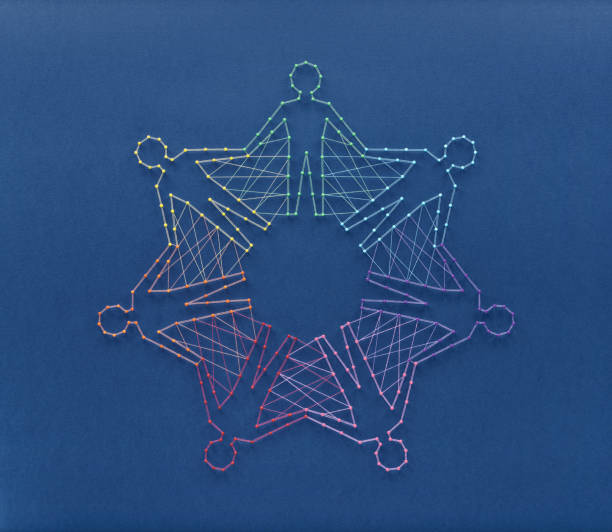A hot cultural issue

Economic development can bring painful transformations in developing countries. Communities complaining about the increasing burden to take care of their lhakhangs and other religious monuments are an example.
Lhakhangs, choetens and other religious sites play an important role in the lives of Bhutanese. Religious monuments are the country’s rich cultural heritages and identity for more than 75 percent of the Bhutanese population.
In a country that identifies cultural heritage as an important aspect of developmental activities and one of the four pillars of guiding philosophy for development, the Gross National Happiness, everyone should be worried about the complaint.
In the olden days, people took pride to take care of their community lhakhangs and other monuments. It was a symbol of community vitality. But in the recent years, people have become reluctant to take care of the lhakhangs and other monuments. Economic empowerment took over spiritualism.
Initially, local leaders wanted the government to deploy caretakers. Now they are surrendering their community lhakhangs to the Zhung Dratshang or private individuals. There are frictions within communities on responsibilities to conduct community rituals. Many households do not shoulder the responsibility equally.
While rural-urban migration and younger generations are blamed for the lack of interest in communities to take care of their lhakhangs, both could be prevented if we put in a little effort.
In urban Thimphu, where almost 19.1 percent of Bhutanese population live, thromde and gewog officials are forcing each other to take care of the community lhakhangs and choetens.
There is no shame and sense of responsibility on anyone to discuss the burden in a Buddhist country. Some vocal social media users blatantly asked people not to go for pilgrimages if they cannot take care of their community lhakhangs.
There is also a need for us to introspect why the younger generations are not interested in our culture and religious practices. Parents, teachers and the communities should inculcate the values in them. Our religious practices should become simple and accessible to them.
The discussions of communities not being able to take care of their lhakhangs and monuments also come at a time when there are numerous new lhakhang constructions mushrooming across the country.
Without a sustainable source to fund the lhakhangs, problems would aggravate.
Putting a cap on new lhakhang constructions in places where there are many lhakhangs and encouraging the sponsors to renovate and take care of existing lhakhangs would solve the issues temporarily.
As a long-term solution, the Department of Culture should frame strict guidelines to take care of community monuments and implement them. It’s also time to deliberate on the Cultural Heritage Bill.
The Constitution mandates every citizen to protect our culture and heritage. Let us not fail in that duty.
Source: KUENSEL



